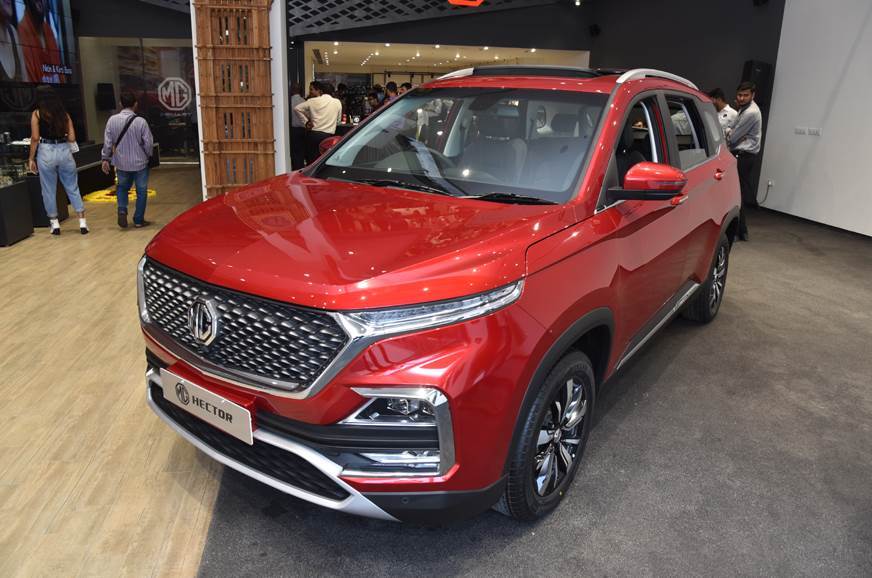Global NCAP’s campaign to draw attention to car safety in India has been going on since 2014. Over the years, the organisation has tested more than 25 mass-market models and variants that are made and sold in India. Earlier today, Global NCAP released results of the latest round of crash tests it has conducted on Indian cars. Of the two cars tested, the Renault Lodgy fared poorly with a rating of zero stars, while the Maruti Suzuki Vitara Brezza came away with a solid four star rating, making it one of the best performers yet. Which are the best cars tested so far? Read on to find out.
5. Volkswagen Polo
The Polo was one of the first made-in-India cars to be tested by GNCAP, back in 2014. While the model with no airbags did not meet crash test norms, the model that was equipped with two airbags scored a solid four stars for adult occupancy (12.54 out of 17) and three stars for child occupancy (29.91/49), despite not having Isofix child seats mounts. This result also pushed VW to offer airbags and ABS across the Polo range in India.
4. Maruti Suzuki Vitara Brezza
A feather in Maruti Suzuki’s cap, the Vitara Brezza compact SUV received a four-star rating in the latest round of Global NCAP’s crash tests, for adult occupancy (12.51 out of 17). However, the SUV only managed two stars for child occupancy (17.93 out of 49) because of the forward facing position of the 18-month old dummy in the test and as the markings for the Isofix anchorages did not meet Global NCAP testing protocols. All variants of the Brezza are equipped with two airbags, ABS with EBD, front seat belt with pretentioners, a driver’s seat belt reminder and Isofix child seat mounts.
3. Tata Zest
While the first round of tests for the Zest compact sedan had it rated with a zero stars, Tata was allowed another opportunity and introduced an upgraded compact sedan, which was crash tested in 2016. This model scored an impressive four-star rating (11.15/17) in adult occupancy and two stars in child occupancy (15.52/49). It came with two airbags and a seat belt reminder for the driver, but was later updated with ABS, EBD and corner stability control.
2. Toyota Etios Liva
The Etios Liva hatchback was one of the few models that registered a commendable four-star rating in its very first crash test. Tested by Global NCAP back in 2016, the hatchback was given four stars for adult occupancy (13/16) and two stars for child occupancy (20.02/49). While it was updated later with more safety kit such as ABS with EBD and Isofix child seat mounts, the model tested only had dual-front airbags and front seat belts with pretentioners.
1. Tata Nexon
Tata’s compact SUV recently achieved a four-star rating from NCAP for adult occupancy (13.56/17) and three stars for child occupancy (25/49). The organisation rated the Nexon's body shell integrity as ‘stable’ while providing good protection for the head and neck of the driver and the passenger. All variants of the Nexon come with two airbags, ABS and Isofix child seat mounts as standard.
from Autocar India https://ift.tt/2xWvz4D
via IFTTT
